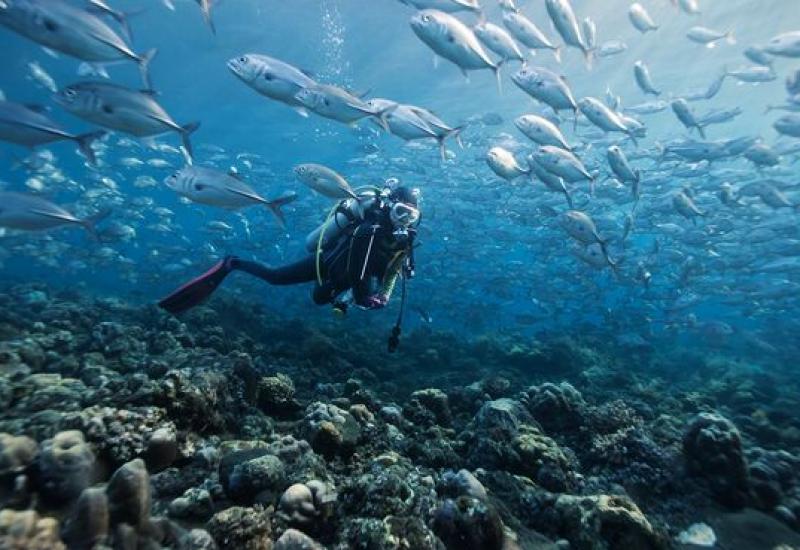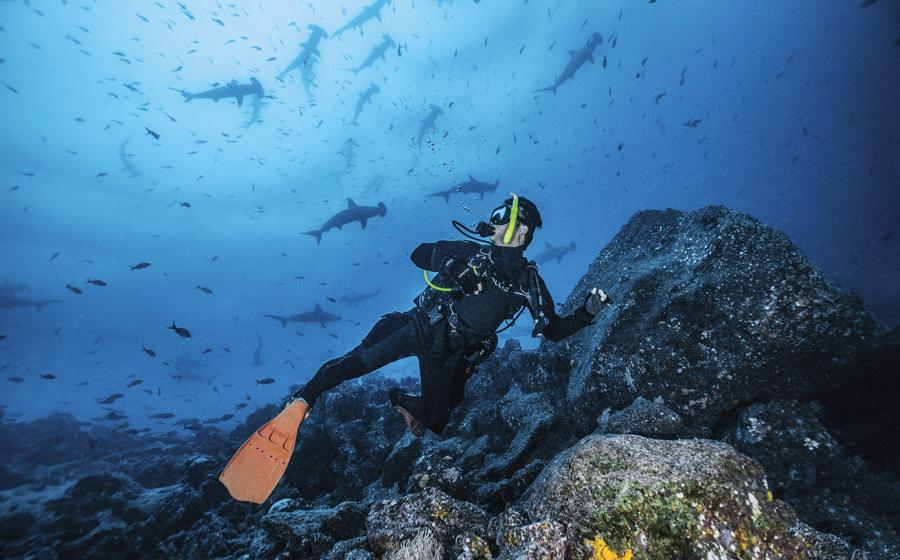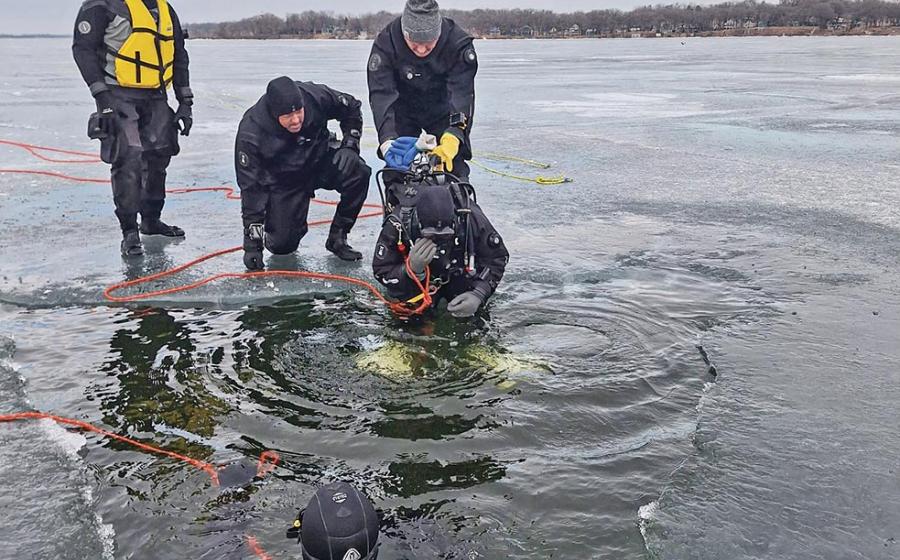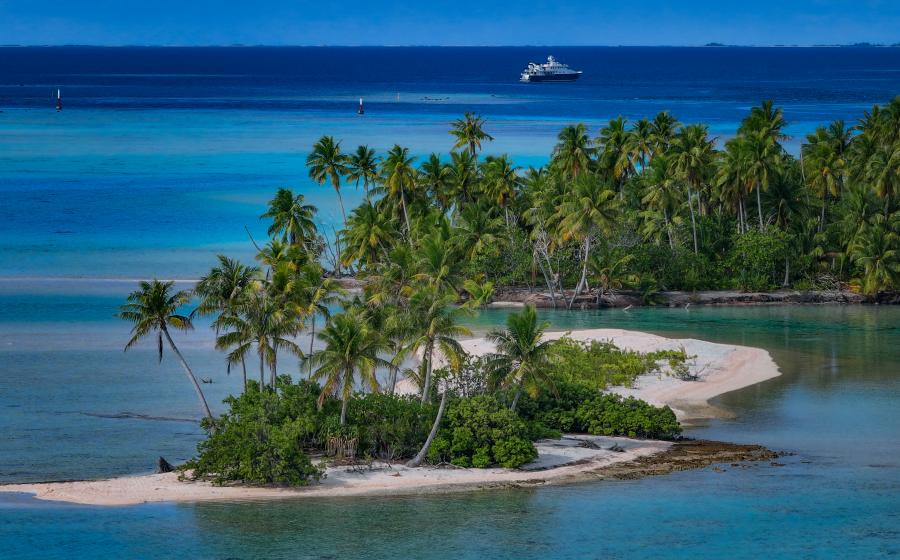Underwater Photography Tips: Utilizing Color
Colors are powerful. The world around us is filled with examples that show how hues communicate, from the flowers in a garden to carefully designed product packaging in a supermarket.

Alex MustardSimple color schemes make for attention-grabbing photos, and red is the most stimulating color of all. Shown: a soft coral crab in Raja Ampat
Colors are eye-catching and elicit a range of emotions. Scientists have shown how blues can slow heart rates and even bring down blood pressure, while reds have the opposite effect. Using color well simply boosts the impact of your pictures.
Photography Tips
1) Less Is More
Underwater photographers typically mix many colors together in their compositions, which is where color theory is most valuable. The first rule is too many colors create a mess. Just like when everyone speaks at once, the message is lost. It is why I find the simplicity of Red Sea reefs (red soft corals, orange anthias, blue water) more photogenic than the more biodiverse Southeast Asian scenery. So when framing pictures, what you exclude from the frame is always as important as what you include. Aim your lens at large, obvious expanses of single colors, such as a great sponge or these yellow Tubastraea corals.

Damien MauricChouclass is a world-class dive site on Sal Island in Cabo Verde. Situated on a sandy bottom, Choulclass is the home of many pelagics and large schools of fish.
2) Wheel of Fortune
The eye is attracted to contrast and photos that exploit it. Most simply this can be black against white, but any visually opposing elements will draw people in. Contrasting or opposite colors are especially eye-catching, such as a classic Californian shot of an orange garibaldi framed in front of the deep green of a giant kelp forest. Color theory is often described using a color wheel, where adjacent colors match well and colors on opposite sides have the greatest contrast. It is the latter that you most often use underwater, knowingly or not, to give your images impact.
3) Hot and Cold
For many, the color wheel is a complicated way to describe the obvious; they just remember that in wide-angle photography, backgrounds will commonly be blue, green or something in between. These are classified as cool colors. Therefore, you should search for warm-colored subjects (red soft corals, yellow sponges and orange frogfish) for foregrounds to maximize the impact of your photos. For even more contrast, get the camera low and frame the foreground subject directly against open water. These color combos have been the basis of wide-angle compositions for decades.
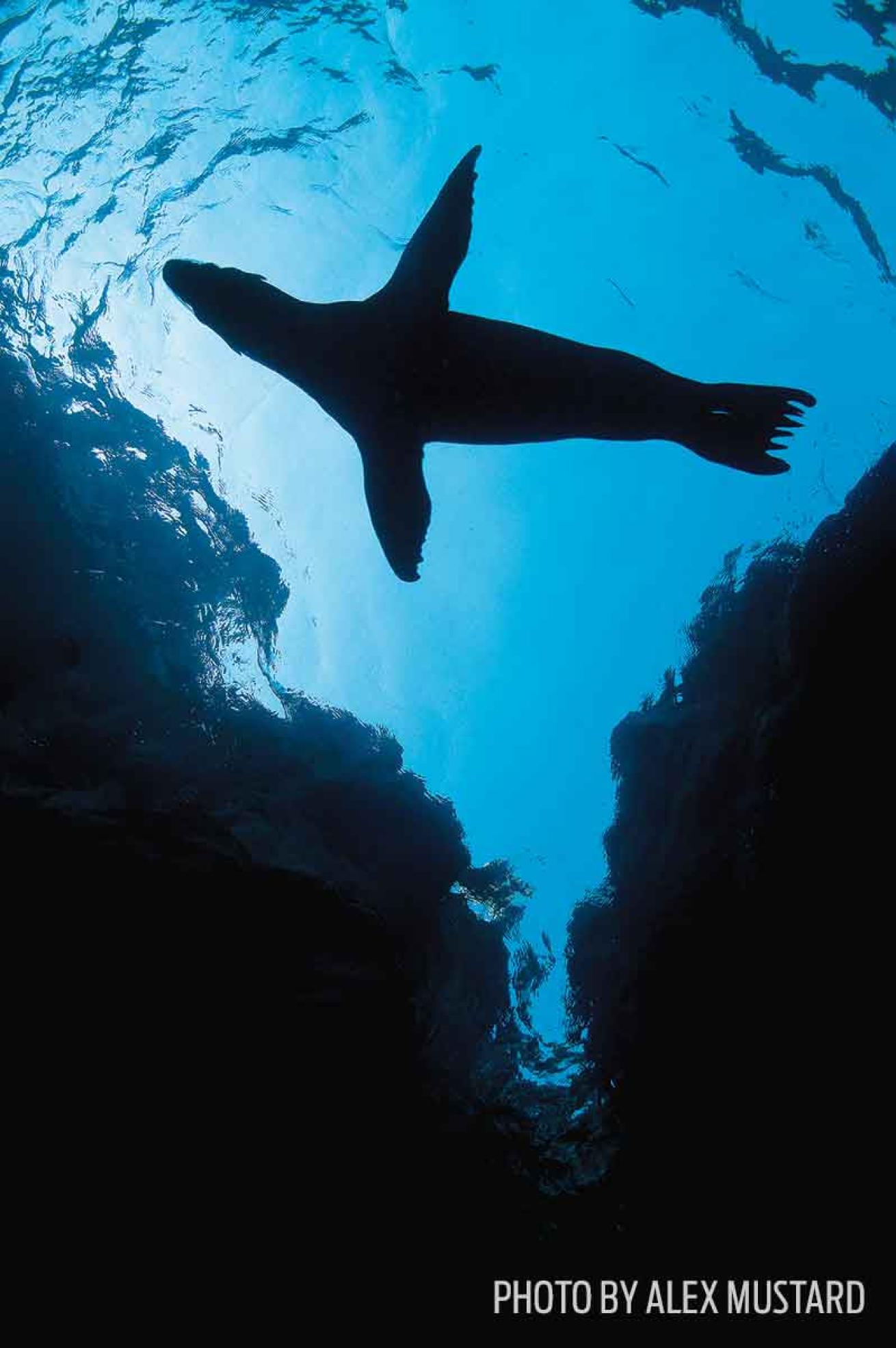
Alex MustardThe best silhouette subjects are those with characteristic outlines, such as sharks, mantas, sea lions and divers. Shown: A silhouette of a California sea lion pup off La Paz, Mexico
Beginner Tip
With just a range of blues, photographs featuring silhouettes are simple to take but effective. There is no need to worry about strobe positions or backscatter — the basic technique is to aim the camera upward and expose for the blue of the surface. Framing the subject against the brightest light will give you the greatest contrast and the most dramatic silhouette. Always try to keep the subject completely enclosed within the circular arc of Snell’s window — the frame through which the sky is visible — and not overlapping the darker water toward the edge of the frame. When working with Snell’s window, dive early in the morning or late in the day, when the frame is more pronounced.
Intermediate Tip
Auto exposure will usually try to overexpose silhouettes, as it aims to reveal the details of the main subject. This means you will have to dial in underexposure or just shoot manual and adjust until it is correct. The other advantage of manual is that photographers can set their exposure before the subject comes into frame by exposing for the background. Pointing your camera at the surface can mean much higher light levels than you’re used to and therefore settings you never usually need. Fortunately, you can use a fast shutter speed to capture silhouettes, as you’re no longer restricted by the flash-sync speed of the camera. This is especially valuable for fast-moving subjects such as dolphins and sea lions.
Advanced Tips
The benefits of similar colors in compositions are not just limited to silhouettes. Many popular macro subjects live associated with another specific creature, and they are usually colored in a similar selection of hues. Classic examples are a pygmy seahorse on a sea fan, a shrimp on a crinoid or a goby on a gorgonian. These subject combinations come ready-made for great images, as long as you follow a few rules. The first requirement is precise framing to exclude anything in the frame that doesn’t adhere to the color code. You also need the subject to stand out. I often open my aperture to minimize depth of field so the subject is sharp but the similarcolored surroundings are blurred.




